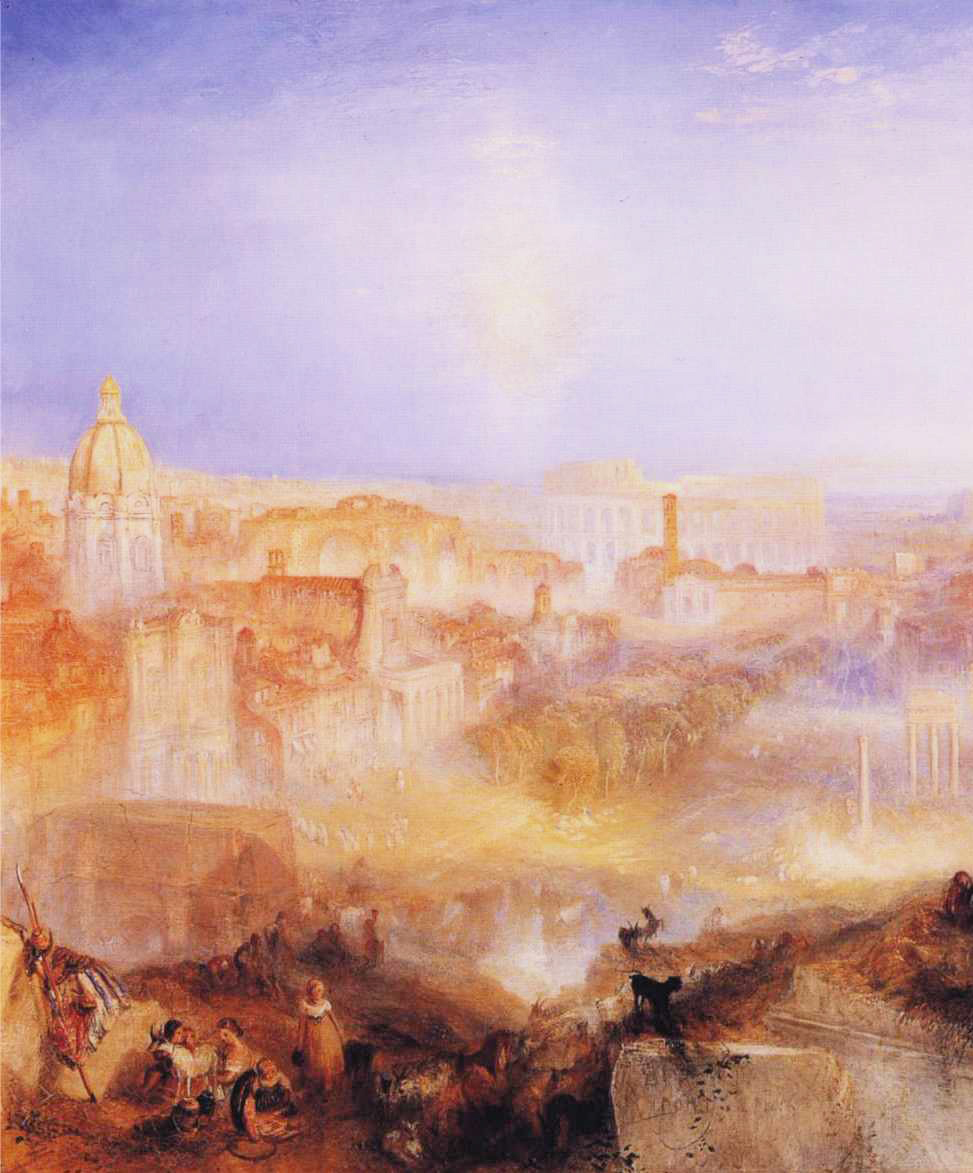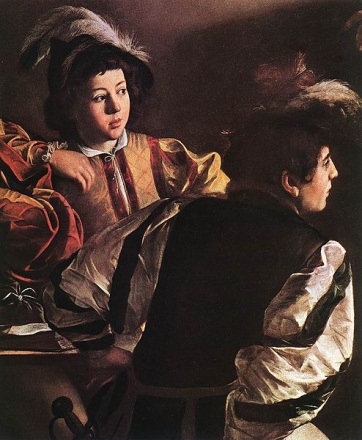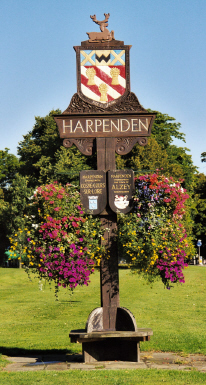Special Interest and Study Days
-
Report on Study Day 30th October 2013
- This was our first Study Day; it was highly commended by everyone as they chatted before going home.
We look forward to our second day in February 2014 (see above).
A STUDY DAY IN 3 PARTS: LAYERS OF ROME: Dan Evans is an experienced lecturer and his love of Rome and Italy is infectious
and evident throughout the 3 lectures delivered in a way that kept everyone enthralled.


- CLASSICAL ROME and its LEGACY
The first lecture started in 70 AD and the construction, in concrete, of the Coliseum built to seat up to
80 thousand spectators; it was used for gladiatorial fights but also re-enactment of wars and even mock
sea battles complete with water, huge boats and alligators. There were 80 exits from a passage (called the vomitorium)
behind the tiers of seats- so no queues. The Roman Emperors staged these events to win over the populace of Rome and
to demonstrate their power and authority.
- THE FLIGHT of the RENAISSANCE
A Gothic example which survives is Santa Maria sopra Minerva (1557), one of the major churches of the
Roman Catholic Order of Preachers, better known as the Dominicans. It is on the site of previous Christian
churches and earlier temples to the pagan goddess Isis who was confused with the Roman goddess Minerva. In the
church are Michelangelo's statue Cristo della Minerva (1521) and the late 15th-century (1488–1493) cycle of frescos
in the Carafa Chapel by Filippino Lippi.
The Pietà 1498 by Michelangelo is a masterpiece of Renaissance sculpture found in St. Peter's Basilica; the body of
Jesus lies on the lap of his mother Mary after the Crucifixion; the detail and implied emotion is enhanced by the morally
blameless face of Mary. In sponsoring such works of art, the Popes were following the public relations strategy of the
Roman Emperors.
- GIANTS of the BAROQUE - late 16th & 17th Centuries
Caravaggio (1573 - 1610) is a well known artist of this period. Arrogant, rebellious and a murderer, Caravaggio's
short and tempestuous life matched the drama of his works. Much to the horror of his critics, he used ordinary working
people with irregular, real faces and even dirty feet as models for his saints.
We saw many examples including the Crucifixion of Saint Peter in the Cerasi Chapel, in the church of Santa Maria del Populo.
Caravaggio's late works are in the spirit of the Counter-Reformation which explains conversions and martyrdom as the pillars
of the Church. They depend for their dramatic effect on brightly lit areas standing in contrast to a dark background.



